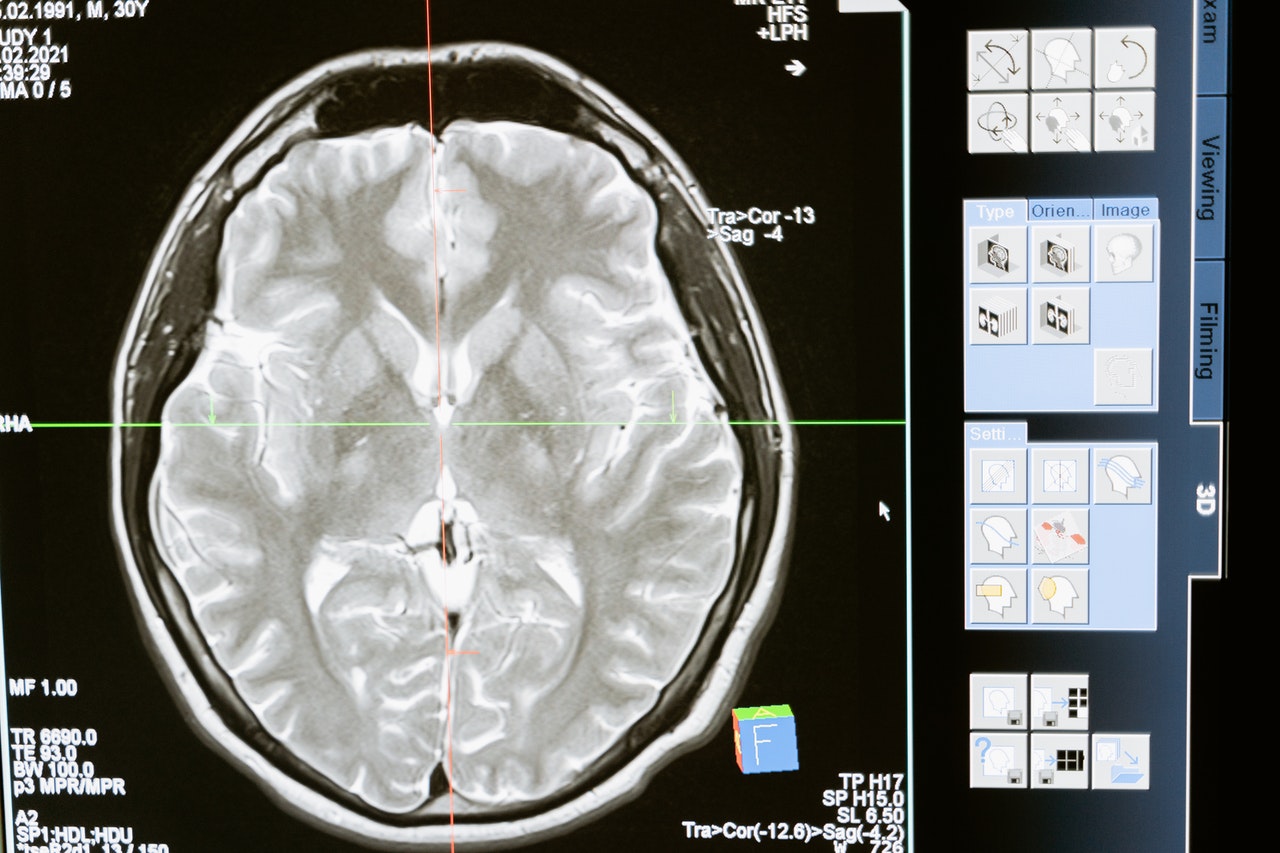Parkinson’s disease is a chronic, debilitating disease of the central nervous system. It has been found to significantly decrease quality of life and lead to an earlier death. The article is about things that one should know before having an operation for Parkinson’s disease.
Parkinson’s disease is a progressive neurological disorder that affects the ability to control muscle movement. It is caused by the death of nerve cells in the brain that produce dopamine. Symptoms of Parkinson’s disease include tremors, rigidity, slowness of movement, and difficulty with balance and coordination.
Parkinson’s disease is a degenerative disorder, which means that it gets worse over time. There is no cure for Parkinson’s disease, but there are treatments that can help to manage the symptoms. One treatment option is surgery.
Surgery for Parkinson’s disease is typically done to implant a deep brain stimulator (DBS). This is a device that sends electrical impulses to the brain to help control the symptoms of Parkinson’s disease. DBS surgery is usually only considered for people with advanced Parkinson’s disease who have not had success with other treatment options.
If you are considering DBS surgery for Parkinson’s disease, you should know a few things:
- DBS surgery is an effective procedure that requires an extended hospital stay.
- DBS surgery carries risks, including bleeding, infection, and stroke.
- DBS surgery is expensive, and not all insurance plans will cover it.
Table of Contents
Types of Parkinson’s disease surgery
There are four types of surgery used to treat Parkinson’s disease: deep brain stimulation, thalamotomy, pallidotomy, and subthalamotomy.
Deep brain stimulation (DBS) is the most common type of surgery used to treat Parkinson’s disease. It involves implanting a small device in the brain that sends electrical impulses to the areas that control movement. DBS can help to reduce tremors and improve movement.
Thalamotomy is a type of surgery that involves destroying a small area of the thalamus, which is a part of the brain that controls movement. This can help to reduce tremors.
Pallidotomy is a type of surgery that involves destroying a small area of the globus pallidus, a part of the brain that controls movement. This can help to reduce involuntary movements.
Subthalamotomy is a type of surgery that involves destroying a small area of the subthalamus, which is a part of the brain that controls movement. This can help to reduce tremors and improve movement.
Symptoms of Parkinson’s Disease
There are a few symptoms that are associated with Parkinson’s Diseases. One of the most well-known is tremor or shaking. This can occur in the hands, arms, legs, and face. It is usually worse when the person is at rest and may go away when they move around or do something else.
Other symptoms include slowness of movement, stiffness of the limbs and body, problems with balance and coordination, and changes in speech and swallowing slowly. Parkinson’s diseases can also cause depression and anxiety.
Surgery is sometimes an option for people who have Parkinson’s diseases. The most common type of surgery is deep brain stimulation (DBS). This involves implanting a device that sends electrical signals to the brain to help control the tremors and other symptoms. Surgery is not a cure for Parkinson’s diseases, but it can help improve the quality of life for some people.
Cons from Parkinson’s Disease Surgery
- You should know several things before having surgery for Parkinson’s diseases.
- Surgery for Parkinson’s diseases is usually only recommended if medication and other treatments have not been effective in controlling the disease.
- Surgery involves implanting electrodes in the brain to stimulate the areas affected by Parkinson’s diseases.
- The surgery is not without risks, and complications can include bleeding, infection, and stroke.
- Recovery from surgery can take several weeks or months, and full recovery may not be possible.
- You should discuss all of the risks and benefits of surgery with your doctor before deciding.
Alternative to Parkinson’s Disease Surgery
- There are alternative treatments to surgery for Parkinson’s diseases.
- Surgery is usually only recommended when the disease is in its early stages and has not yet caused significant damage to the brain.
- Surgery can effectively treat the symptoms of Parkinson’s diseases, but it is not a cure.
- Surgery carries a risk of complications, such as bleeding or infection.
- Recovery from surgery takes time, and patients will need to follow a rehabilitation program afterwards.
Conclusion
If you or a loved one has been diagnosed with Parkinson’s diseases, it is essential to know the treatment options available. Surgery is one option that can help improve the quality of life for those with the condition. While there are risks associated with any surgery, the potential benefits of Parkinson’s diseases surgery outweigh the risks for many people. If you are considering surgery, talk to your doctor about all of your options and also research brain surgery cost and what is right for you.
